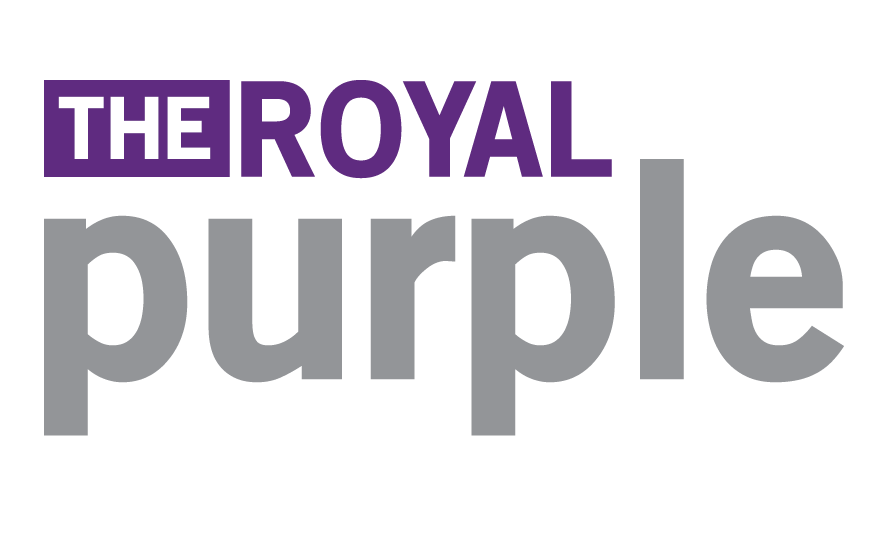Chancellor awards student researchers
Students apply real experience
April 8, 2018
“High impact practice” was the message relayed on March 22 by Chancellor Beverly Kopper as she handed out awards to research teams that went above and beyond in a variety of categories.
The event was held in the University Center Hamilton Room, full of students, faculty members and university staff.
Jux Bhattacharyya, the former director of the Undergraduate Research Program (URP) said she was impressed with all the research the students at the University of Wisconsin-Whitewater have done. He recalled witnessing several students develop through the program.
Many of the students who showcased their posters had been working on their research with a faculty mentor for over a year.
Junior Darryl Williams, a marine biology major, spent about two years researching prescribed burning in certain soil areas. Williams, a member of URP, researched how long it would take the field flora and fauna to return to how it was before the burning.
Williams and his mentor studied the effect the burning had on the small mammal community in the chosen field. The animals they investigated were the jumping mouse – or Zupus Hadsornius – and meadow vole – or Microtus pennsylvanicus. A low number of jumping mice and a high number of meadow vole were collected before the burning, after which the mice vacated the fields, as expected.
“The good thing about research is [there are] always unexpected events that happen,” Williams said.
When Williams and his mentor went back to the fields to collect the mice, they discovered the jumping mice had returned to the field despite the low number that was counted. But the meadow voles did not return. Instead, a new species of mouse entered the habitat – Peromyscus maniculatus arrived in a large quantity.
“We don’t know where these mice came from and if they’re planning to stay, but more research will be done,” Williams said.
Despite the findings, there are many questions to be answered as the research team goes further into their study. Williams still wants to know where the meadow voles went and if the prescribed burning had any negative effects on their lives.
Williams is one of many students who has used the resources available on campus. Many of the students who participate in URP develop their researching skills through the Research Apprenticeship Program (RAP).
RAP is for freshmen, sophomores and transfer students who have under 72 credits and at least a 2.5 GPA. The program builds confidence for many students who aim to make a difference in the community, and potentially the world.
RAP also pays the students involved with the undergraduate research. Students can earn up to $1,000 for a maximum of 125 hours over two semesters of research if they aren’t already earning research credits.
Many of the staff members echoed the sentiment of getting students involved as early as possible. Graduation rates are higher for students who participate in the RAP and URP as expected sense it is an high impact practice.











